Skunks are some of the most interesting nocturnal animals you might come across in Arizona. Their striking black-and-white coats and famous defense spray make them stand out in the wild. While many people know about skunks, not everyone realizes just how many different kinds live in the state.
In Arizona, you can find four main types of skunks, each with unique patterns, sizes, and behaviors. From the large hog-nosed skunk to the tiny western spotted skunk, these animals have adapted well to the desert and mountainous regions. Knowing how to identify them can make your wildlife encounters even more exciting.
This article introduces these four skunk species, sharing details on how to spot them, where they live, and some fun facts about their habits. Learning about Arizona’s skunks is a great way to appreciate the state’s rich and diverse wildlife.
Common Skunks You Can See in Arizona
Hog-nosed Skunk (Conepatus leuconotus)
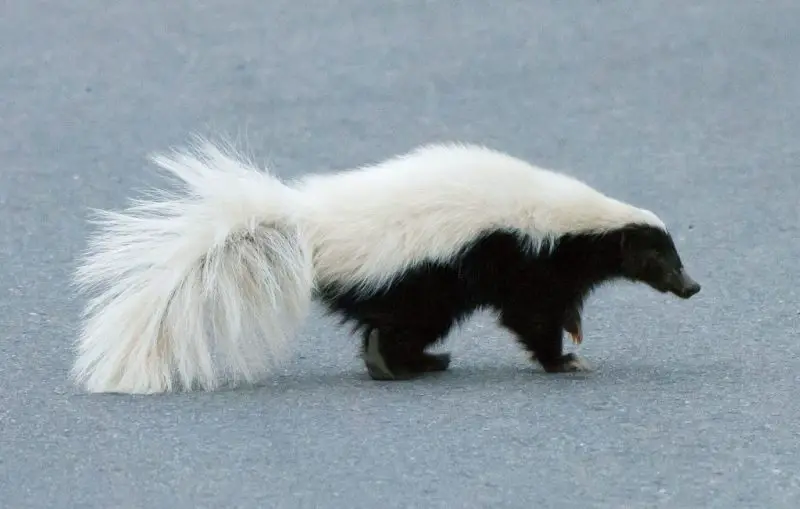
The hog-nosed skunk is one of the largest skunks found in Arizona and is easily recognized for its long, pig-like snout and powerful digging abilities. Its overall appearance is striking, with a mostly black body contrasted by a single broad white stripe that runs from the top of its head all the way down to its tail. This white stripe is noticeably wider than those of other skunks, making it relatively easy to identify. Its long claws and strong forelimbs are specially adapted for digging through hard soils, giving it a sturdy and robust look compared to other skunk species. The long snout, which is bare and pinkish at the tip, is perfectly designed for rooting through soil in search of food, much like a wild hog, hence the name hog-nosed skunk.
Adult hog-nosed skunks generally measure between 18 to 30 inches in total length, with a tail length of around 7 to 15 inches. They are among the heaviest skunks in North America, weighing anywhere from 4 to 10 pounds, which gives them a noticeably bulky build. Their fur is coarse and not as silky as that of other skunks, helping them tolerate the rough and arid environments where they live. Compared to striped or hooded skunks, the hog-nosed skunk has a more muscular body and shorter tail fur, making it less fluffy but more rugged in appearance.
In Arizona, the hog-nosed skunk is primarily found in southern regions, especially in desert scrublands, open grasslands, and lightly wooded areas. It prefers habitats where it can dig easily for insects, grubs, lizards, and plant roots, which make up most of its diet. This skunk is strictly nocturnal, emerging only after dusk to forage and returning to its burrow or natural den before sunrise. Despite its size, it is a solitary and shy animal, avoiding human contact whenever possible. The hog-nosed skunk does not climb and relies almost entirely on its digging ability to find food and create shelter.
A fascinating fact about the hog-nosed skunk is its habit of leaving behind distinctive cone-shaped holes while foraging. These small craters, often clustered in soft soil, are one of the easiest ways to detect its presence even if the animal itself remains hidden. Another interesting behavior is its ability to quickly overturn rocks in search of insects, showing impressive strength for its size.
Striped Skunk (Mephitis mephitis)

The striped skunk is the most common and widely recognized skunk species in Arizona. Its black fur marked by two prominent white stripes running from the back of its head down to its bushy tail makes it instantly identifiable. The thickness and shape of the stripes can vary among individuals, with some having thinner or even broken lines, but the general black-and-white pattern is always present. The tail is long and fluffy, often carried high, especially when the animal feels threatened. Its triangular head, small rounded ears, and short snout give it a typical skunk appearance.
Adult striped skunks usually measure between 20 to 30 inches in length, including a tail of about 7 to 15 inches. Their weight typically ranges from 4 to 8 pounds, with males being slightly larger and heavier than females. The body is stocky, with relatively short legs and strong claws designed for digging, though they are not as specialized for digging as those of the hog-nosed skunk. Their fur is thicker and glossier than that of the hog-nosed skunk, giving them a sleeker appearance.
Striped skunks are found throughout Arizona, thriving in a variety of habitats such as deserts, grasslands, forests, agricultural lands, and even suburban neighborhoods. They are highly adaptable and opportunistic feeders, eating insects, small mammals, bird eggs, fruits, and even garbage when living close to humans. This species is nocturnal, spending its nights foraging and its days sleeping in burrows, hollow logs, or under human-made structures. In colder regions, striped skunks become less active in winter and may stay in dens for longer periods, though they do not fully hibernate.
One fun fact about striped skunks is their highly accurate defensive spray. When threatened, they stomp their feet and raise their tail as a warning, and if the threat persists, they can spray a foul-smelling liquid accurately up to 10 feet away. Interestingly, they will often give multiple warning signals before actually spraying, as they try to conserve their spray, which takes time to replenish.
Hooded Skunk (Mephitis macroura)
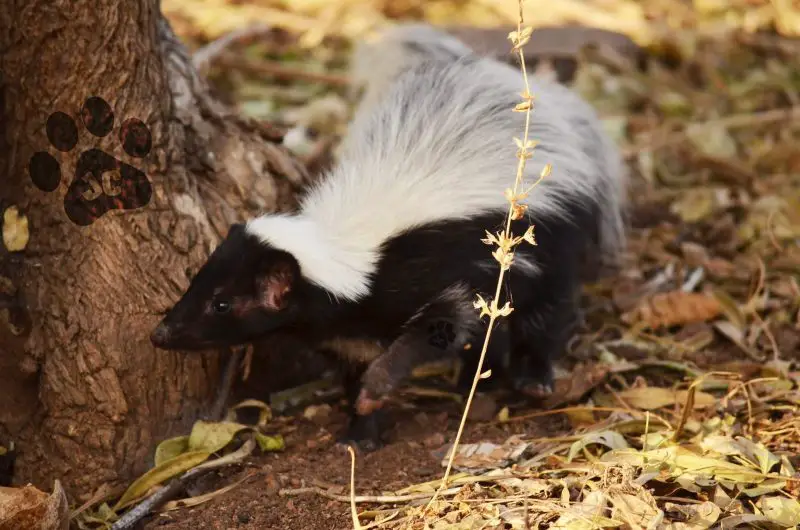
The hooded skunk, less common than the striped skunk in Arizona, has a distinctive and elegant appearance that sets it apart from other species. Its most recognizable feature is the long, silky white “hood” of fur that covers its neck and shoulders, giving it a fluffy and graceful look. Some individuals are almost completely white, while others have a black body with a single narrow white stripe running down the back. Its tail is long and covered in soft, flowing fur, making it appear larger and bushier than that of most other skunks.
Hooded skunks are typically 18 to 26 inches long, including a tail measuring 8 to 14 inches, and they weigh between 2 to 6 pounds. Their slender build and soft, long fur give them a more delicate appearance compared to the heavier and stockier hog-nosed or striped skunks. Their head is narrow, and their face is longer and thinner, contributing to their unique and elegant look.
In Arizona, hooded skunks are primarily found in southern regions, especially near the Mexican border. They inhabit desert scrublands, rocky canyons, and open grasslands. Unlike most skunks, they are good climbers and may occasionally forage in trees or on rocky cliffs for fruits, bird eggs, and insects. They are nocturnal and generally shy, avoiding areas with heavy human activity. Because of their preference for remote desert regions, sightings are rare, and most encounters occur in less populated areas.
A remarkable fun fact about the hooded skunk is its occasional role as a pollinator. Unlike most skunks, it has been observed drinking nectar from desert flowers. Its long fur sometimes collects pollen, which it inadvertently transfers to other flowers while foraging, making it a surprising contributor to desert plant pollination.
Western Spotted Skunk (Spilogale gracilis)
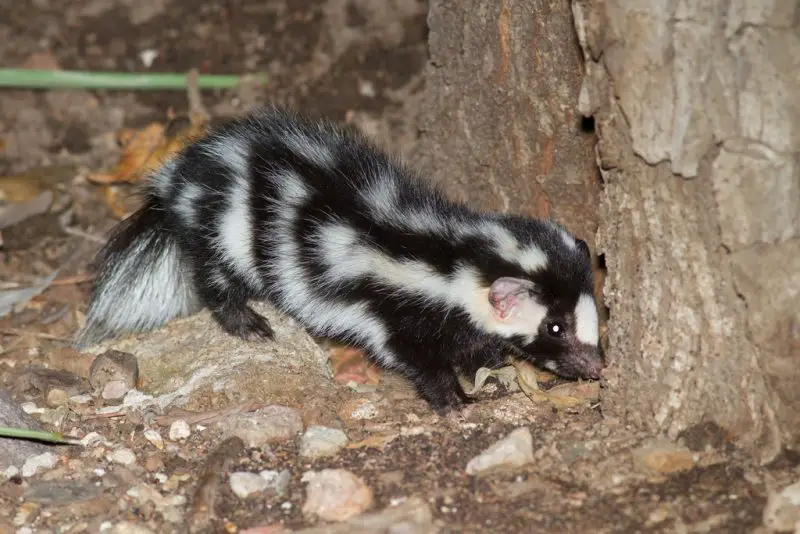
The western spotted skunk is the smallest and most agile skunk species in Arizona, and its unique fur pattern makes it stand out from all other skunks. Instead of the typical solid white stripes, it has broken white stripes and irregular white spots scattered across its black body, giving it a mottled, spotted appearance. Its tail is long and fluffy, with a mix of black and white hairs, often held high when the animal is alarmed.
Western spotted skunks are much smaller than other species, measuring 16 to 24 inches long, including a tail about 5 to 8 inches. They are lightweight, weighing only 1 to 3 pounds, which makes them faster and more agile than larger skunks. Their slim body and strong claws make them excellent climbers, and they are more active and energetic compared to the relatively slow-moving striped or hog-nosed skunks.
In Arizona, western spotted skunks are mostly found in central and northern regions, favoring rocky hillsides, desert canyons, and forested mountain slopes. They are nocturnal and typically den in rock crevices, hollow logs, or abandoned animal burrows. Their diet consists of insects, rodents, bird eggs, and fruits, and their small size allows them to squeeze into tight spaces to hunt for food.
One of the most fascinating facts about the western spotted skunk is its unique defensive display. When threatened, it performs a dramatic handstand by balancing on its front legs and arching its back, raising its tail high in the air before spraying. This unusual behavior serves as a clear warning to predators and is rarely seen in other skunk species.
FAQs About Skunks in Arizona
What types of skunks live in Arizona?
Arizona is home to four main skunk species: the hog-nosed skunk, striped skunk, hooded skunk, and western spotted skunk. Each species has unique characteristics and habitat preferences within the state.
How can I identify a hog-nosed skunk?
The hog-nosed skunk is large with a broad white stripe down its back and a distinctive long, pig-like snout. It has powerful digging claws and coarse black fur.
Are striped skunks common in urban areas of Arizona?
Yes, striped skunks are highly adaptable and often live near suburban neighborhoods and farms where they can scavenge for food.
Do hooded skunks climb trees?
Yes, unlike many other skunks, hooded skunks are good climbers and may forage for food in trees or rocky ledges.
What is unique about the western spotted skunk’s defense?
The western spotted skunk performs a handstand and waves its tail as a warning before spraying its defensive odor, which is a behavior unique among skunks.
Are skunks dangerous to humans?
Skunks generally avoid humans and are not aggressive. They will spray only when threatened, so it’s best to give them space and avoid startling them.
What do skunks eat in Arizona?
Skunks are omnivores. They eat insects, small mammals, fruits, bird eggs, and sometimes human food scraps.
Can I keep a skunk as a pet in Arizona?
Keeping skunks as pets is regulated and often requires special permits. It is generally discouraged due to their wild nature and strong odor.

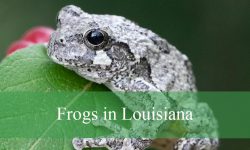
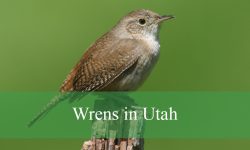
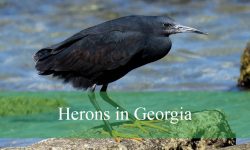
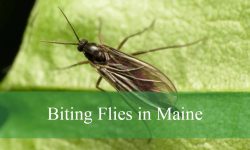


I have stripe skunks that I feed cat food to along with the stray cats I feed. They are very smart and intelligent animals and I love to watch them eat from my outdoor camera. They come out in the evenings and feed from the food I put out about 3 times a night. I just love those animals!